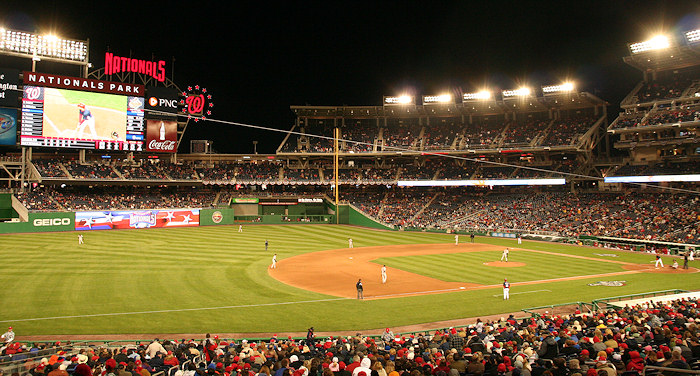The Quickfire Challenge tonight was working the short order egg station at one of Chicago's favorite breakfast joints, Lou Mitchell's. Antonia won, with an advantage going into the Elimination Challenge, which if you hadn't figured it our from last week's teasers, was Restaurant Wars! Antonia got to pick her team, and surprise surprise, she picked the best, Richard and Stephanie. Which left the other team with Lisa, Dale, and Spike, all three of whom really struggle on a basic human level to interact with others, and to produce good food. So really, I guess this wasn't a fair challenge, with the teams so obviously loaded. But, what can we do? Nothing!
So as you might have predicted: Stephanie, Richard, and Antonia were the WINNERS!!!
Under the guidance of executive chef Antonia, and the extra help from past cheftestant Nikki, this team came out on top. The dishes included linguine with shrimp and sausage, beet salad, trout, braised lamb/lamb loin, and a gorgonzola cheesecake with banana scallop (despite poor plating style). Stephanie came out the ULTIMATE WINNER! with a trip to Barcelona, Spain! She's back in the game with another Elimination Challenge win!
Now that leaves Dale, Lisa, and Spike, the LOSERS!!! And as shocking as this may come out to be, Never have a actually preferred Spike to others chefs and actually rooted for him in comparison.
From the atmosphere and design of the front of the house, to the composition and construction of each dish, this team just didn't have what it takes. I particularly liked how the judges (Padma, Ted Allen, Anthony Bourdain, and Jose Andres) compared some of the decor to the back of Prince's dressing room, or something insane like that. As for the food, two disasters stick out in my mind: butterscotch scallops and whatever the sticky rice dish was intended to be. The scallops just sound weird, and Bourdain thought his plate looked like a melted candy bar. Over shrimp and scallops. Tasty. Not. The sticky rice was disastrous, as one customer called it "baby food garnished with potpourri". The shot I saw of it looked like the bananas I smash before mixing them into my banana bread mixture. That is NOT how rice should look.
As far as team atmosphere goes, it was bitter, and ugly, consisting of lots of yelling, blaming, eye rolling and shaking of the head. Spike was complimented by the judges for his decision to get the hell out of the kitchen and the line of fire between Lisa and Dale. A highlight of this battle was when they both tried to outdo each other by blaming each other with cliches.

Dale: You are only as strong as your weakest link.
Lisa: Yeah? Well You are also only as good as your leader.
In the long run, neither won. Dale was told to pack his knives and go, but Lisa only managed to salvage her place in the top 5, leaving behind any favorable impressions and dignity.
It is just a shame that we didn't see any true humanity from Dale until he got kicked off. Apparently he hates saying goodbyes, and i really going to miss the people and the experience, he admitted while tearing up. Had I known he had it in him to be a human being, he might not have sunk so far down my list.
For more recap, analysis, blogs, and multimedia, check out Bravo's report.




























